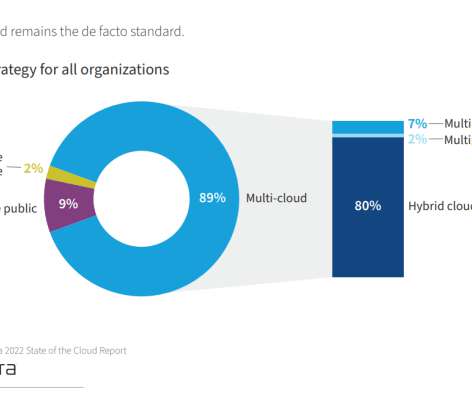Express Cloudera POV on 2021 data trends in insurance
Cloudera
FEBRUARY 18, 2021
We’ve written about the changes forced on the traditionally risk-averse insurance industry by COVID-19. In 2021, with the crisis hopefully fading, insurance will have time to evaluate the changes made in 2020, assessing what worked and what didn’t, and planning a new way forward rather than reacting in real time. .















Let's personalize your content